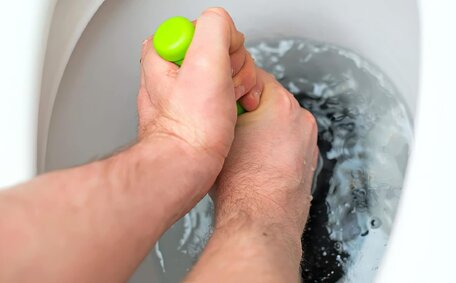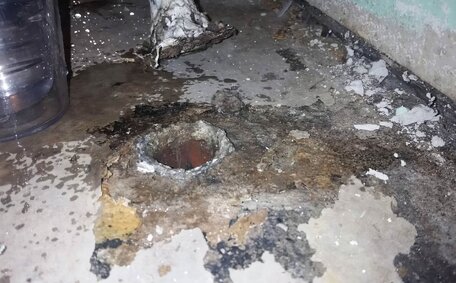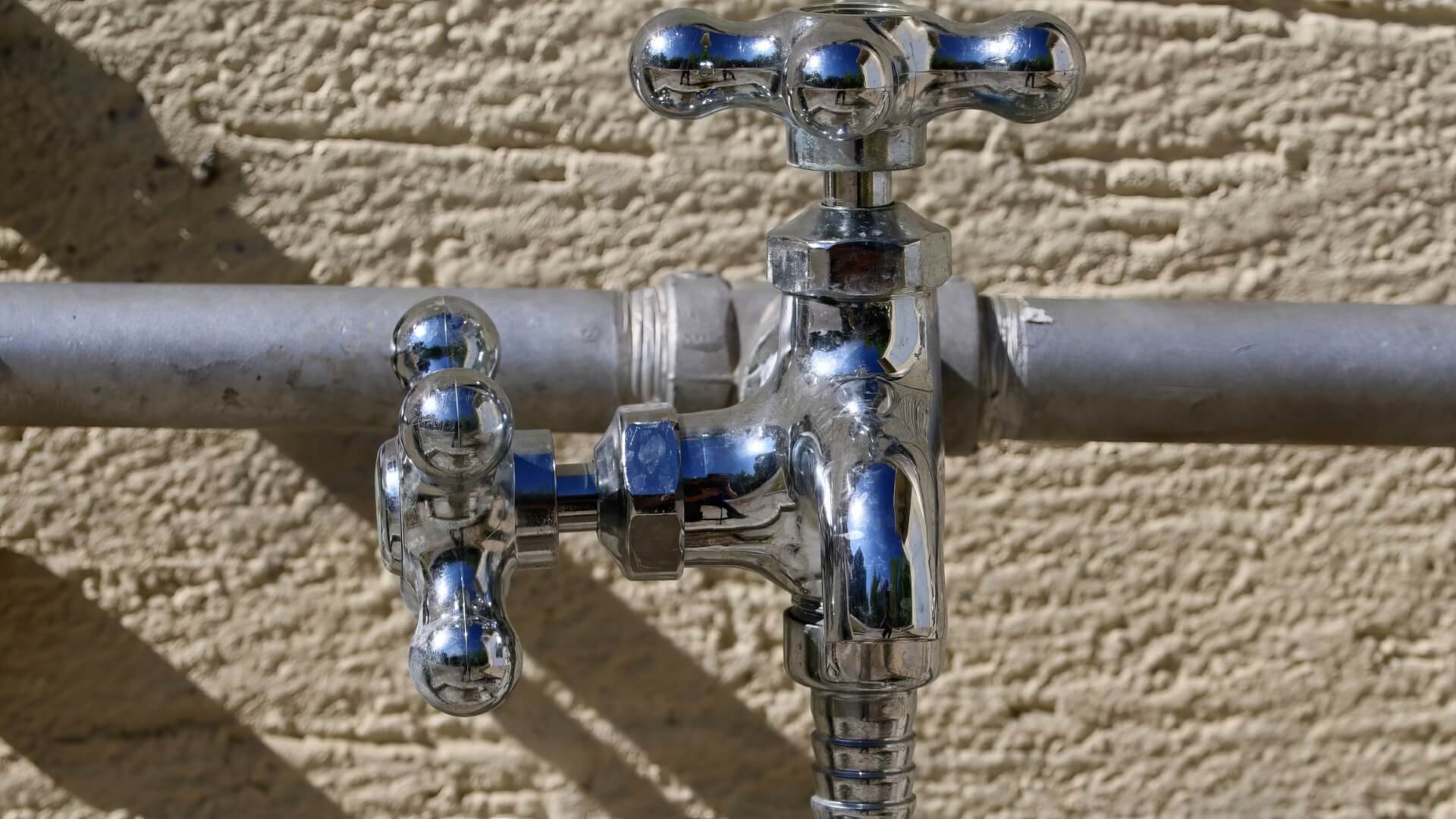Understanding How Cold Weather Impacts Hot Water Systems
Sub-zero temperatures significantly challenge hot water systems, as heaters must work harder to warm the incoming cold water, increasing the risk of damage or system failure without proper upkeep.
It’s essential for homeowners to closely monitor their hot water systems during periods of extreme cold.
Plummeting temperatures from extreme weather strain hot water appliances, so it’s crucial for homeowners to prepare their water heaters with servicing and freeze protection to avoid supply disruptions.
Preventing Hot Water System Damage from Freezing
Preventing freezing and damage to hot water systems involves several key steps:
- Insulate hot water pipes to mitigate the risk of freezing. Pipe insulation wraps or foam covers help reduce heat loss.
- Install heat tape on plumbing pipes that are exposed and enhance protection with insulation wrapping. Self-regulating tapes maintain pipe temperatures above freezing.
- Avoid placing hot water units in unheated spaces like garages to prevent cold temperature damage. It’s better to install systems on interior walls or in partitioned areas.
- Adjust the thermostat to 49-60°C to preserve higher water temperatures during cold spells.
- Pre-winter maintenance, such as sediment flushing and valve replacements, is vital.
- Consider a battery backup sump pump if your area prone to flooding during power outages.
- Check pressure relief valves are working properly in case of excessive pressure buildup.
- Have your faucets drip slightly on very cold nights, which can take preventive measures against water stagnation and icing in the storage tank.
- Keep garage doors closed and protect vents/cracks with insulation, especially in basements crawl spaces.
Proactive freeze-proofing steps save money and prevent plumbing issues. If you’re unsure about where your heater’s optimal placement is or need advice customising a winterization plan, contact your plumber - we’re here to ensure your supply runs smoothly even in the coldest months.
Insulating Hot Water Tanks and Pipes
Insulating your hot water system is crucial for retaining heat and preventing your pipes and tanks from freezing during frigid weather. Wrap water heaters and pipes with insulation rated at R-8 or higher for efficiency. Fibreglass and foam pipe sleeves provide excellent insulation against heat loss.
We recommend checking your storage hot water tank’s pilot light and using covers made of insulated fabric or foam to lock in warmth. You can also insulate the basement or enclosure around the tank. Be sure your inspection and replacement of worn or missing insulation happens regularly.
The benefits of proper insulation include:
- Prevents pipes from bursting and causing damaged water systems
- Allows the system to work more efficiently by retaining heat
- Lowers energy expenditure by reducing the frequency of reheating by the unit
- Can prevent complete tank water system failures from freezing.
In extreme cold, insulation alone may not be sufficient. Combining insulation with other tactics like heat tape and higher thermostat settings provides complete protection.
Don’t take chances with freezing pipes or tanks; check out our comprehensive guide for prevention tips. Our team can advise on how prepare extreme cold conditions with a customised insulation plan for your tankless water heater to keep pipes warm and water flowing all winter long. Contact us today for professional recommendations.
Using Heat Tape for Exposed Pipes
Heat tape is an electrical heating element designed to prevent water pipes from freezing. It warms pipe surfaces just enough to keep temperatures above 0°C. Heat tape requires a continuous power supply and is ideal to warm up the integrity of your water system, especially for wrapping exterior pipes connected to heaters, boilers, or other equipment.
Select automatic, self-regulating heat tape for your hot water unit, designed to activate with any drops in ambient temperature. Look for electric hot tapes rated for wet conditions that can adhere directly to pipes. Proper installation is crucial - adhere to the guidelines and install heat tape when pipes are between 10-38°C, securing it tightly for uniform coverage.
Applying heat tape along the full length of exposed pipes maintains essential warmth, offering effective freeze protection for gas hot water pipes. Combining it with pipe insulation gives the best defence by trapping heat escaping from the warmed pipes. Just take care not to overlap tape sections to avoid overheating risks.
Utilising heat tape on pipes connected to solar hot water systems can save homeowners from massive headaches. Our team would be happy to visit your house and assess suitable locations to install self-regulating, automatic heat tape kits this winter - just give us a call to schedule a consultation.
Adjusting the Hot Water System Thermostat
We recommend properly adjusting your tankless water system’s thermostat for efficiency and safety during extreme cold, just as you would for your stove or other appliances. Maintain a temperature between 49-60°C to counteract the efficiency drop in winter weather. This approach keeps water at a safe warm temperature while preventing scalding risks and excessive energy consumption from overheating.
In frigid weather, turning up the thermostat can help ensure adequate supply and prevent pipes from freezing. But don’t overshoot - settings above 140°F waste energy and increase risks. Monitor your system’s performance at the higher level and adjust down accordingly while still preventing freezing.
It’s a good idea to consider turning the thermostat lower or shutting off your system while away to avoid unnecessary operation. Just be sure to turn water back on well before using hot water again so the tank reheats fully.
Thermostat regulation during winter months makes a big difference. For heat pump or complex water heating systems, our technicians can optimise temperature and efficiency settings. Contact us today to schedule a tune-up.
Maintaining Adequate Hot Water Pressure
Ensure adequate hot water pressure in winter by checking your pipes for clogs and sediment that hinder flow. Schedule annual maintenance to flush the tank and clear debris that may impede water circulation or pressure.
Installing a pressure reducing valve can significantly improve your system if your home’s water pressure exceeds 550 kPa. Excess pressure strains the system unnecessarily. Lower yet adequate pressure between 45-60 psi is optimal.
Fluctuations or drops in pressure can indicate issues with components or potential pipe freezes. An expert should inspect the system pre-winter for consistent pressure crucial to safe performance.
Preventing Sediment Buildup Through Regular Draining
Some cases arise when sediment and mineral deposits can accumulate at the bottom of hot water tanks. This buildup restricts water flow, reduces heating efficiency, and can lead to corrosion damage if left unchecked.
Yearly draining of your hot water tanks prevents significant sediment buildup. Follow this simple process to safely drain your tank:
- Turn off power to the water heating system.
- Attach an outdoor hose to the tank’s drain valve spigot.
- Route the hose to a safe area to go outside or into a floor drain.
- Open the drain valve at the bottom of the tank.
- Open a hot water tap inside the house to push air, running water through the pipe to flow out the drain.
- After water stops running, close tap and drain valve. Refill if needed before restoring power.
Regular draining from the storage hot water system removes corrosive sediment and extends its lifespan. Our technicians can inspect mineral buildup levels and perform professional flushes. Contact us to learn more about maintenance services that help optimise performance and efficiency.
Replacing Key Components for Safety and Efficiency
Replacing deteriorated components ensures your hot water system operates safely and efficiently. We recommend having a technician check components like valves and heating elements at least every 3-5 years or as needed.
One essential component to regularly replace is the temperature and pressure relief valve. Replace relief valves every 5 years or according to manufacturer specifications to maintain safety.
Replacing heating elements that have mineral buildup or corrosion can also optimise heating efficiency. Technicians can determine if replacement is needed by testing electric current draws. Upgrading to higher efficiency elements saves energy over time.
Simple component replacements extend the lifespan of water heating systems and ensure reliable performance year-round. Contact our team - we offer affordable parts upgrades and maintenance packages to keep your hot water flowing through extreme cold or heat waves.
Checking the Sacrificial Anode Rod
The sacrificial anode rod is a crucial component in your hot water system. This metal rod protects the inside tank walls from corrosion. The anode rod gradually corrodes, sparing the tank, thus prolonging its lifespan.
Check your anode rod about every five years for optimal performance. Find out if there’s significant corrosion or pitting. Replacing the rod as needed prevents tank failure down the road.
To inspect it, turn off power and water to the tank, drain some water, then unscrew the rod.
Prepare your winter check easier by having our team come assess - we can test the rod’s condition, replace if over 50% worn, and refill/reseal your tank properly. Protecting this small but vital part means reliable hot water delivery even in frigid weather. Call today to schedule an anode rod inspection or replacement.
Testing the Temperature Pressure Relief Valve
Testing the temperature pressure relief valve on your hot water system is critical to ensure it is functioning properly before an emergency occurs. This safety component releases excess pressure from the tank to prevent explosion risks.
Test your relief valve annually to ensure proper function. Ensure that it discharges freely and then closes correctly. Test your relief valve annually to ensure proper function.
Lifting the lever at the end of the valve to allow a small flow of water can check its function. If discharge is slow or if there are any abnormalities, have a technician replace the valve.
We advise seeking professionals who can replace the relief valve every 3 to 5 years as a preventative measure since corrosion can damage the valve and its ability to perform its crucial role.
Installing a new relief valve is simple and takes less than 30 minutes for a licenced plumber. Maintaining this control valve component ensures your system remains up to code and protects your family from utility hazards.
Testing and proactively replacing your hot water system’s relief valve can literally save lives in the event of an explosion risk. Reach out to Dural Plumbing Services today to confirm your relief valve is still functioning safely and schedule a replacement if it’s over 5 years old.
Preparing for Power Outages
Prepare for power outages as they can significantly disrupt your water heating system. Loss of power shuts off the heating mechanism, allowing cold water to sit stagnant in pipes and tanks. This lack of flow and heat can lead to pipes freezing and bursting in just hours.
Several measures can be taken to preserve hot water access during outages:
- Install a robust heating system such as a flood stop battery backup sump pump to mitigate risks if a power outage causes flooding.
- When preparing your home for winter, stock up on a portable generator, extra batteries, and fuel to restore power quickly.
- Insulate pipes in the frozen area and learn how thaw techniques can retain residual heat as long as possible.
- Shut off water supply to prevent cold water entering the system.
- Activate the water shutoff valve and drain pipes and tanks fully if extended outages are expected.
Protecting your hot water system requires planning ahead - our team can advise on the best safeguards this winter.
Schedule a consultation with us for tailored advice on protecting your hot water system.
Using a Backup Power Source
A backup power source is recommended to sustain your hot water system during outages. Key options include portable generators or battery backup systems. These restore electricity to keep heating and circulation going until regular power is restored.
To protect your household from carbon monoxide risks while employing generators, ensure proper ventilation when using gas electric generators endorsed by Red Cross for whole house coverage during water heater winter protection. Smaller portable generators can also power water heating units alone. Install battery backup pump systems if flooding from winter storms can occur in areas with electric hot water systems in basements or crawl spaces.
Having reliable standby power in the face of strong winds and power outages prevents stagnant cold water from sitting in pipes and tanks where it can quickly freeze. It also maintains circulation so you still have access to hot water for bathing, cooking, etc. With the proper backup ready, your hot water stays on even if winter weather knocks out the main power supply.
Reach out for professional advice tailored to your home and hot water system needs. Keeping the heat on through outages gives peace of mind during extreme winter storms.






